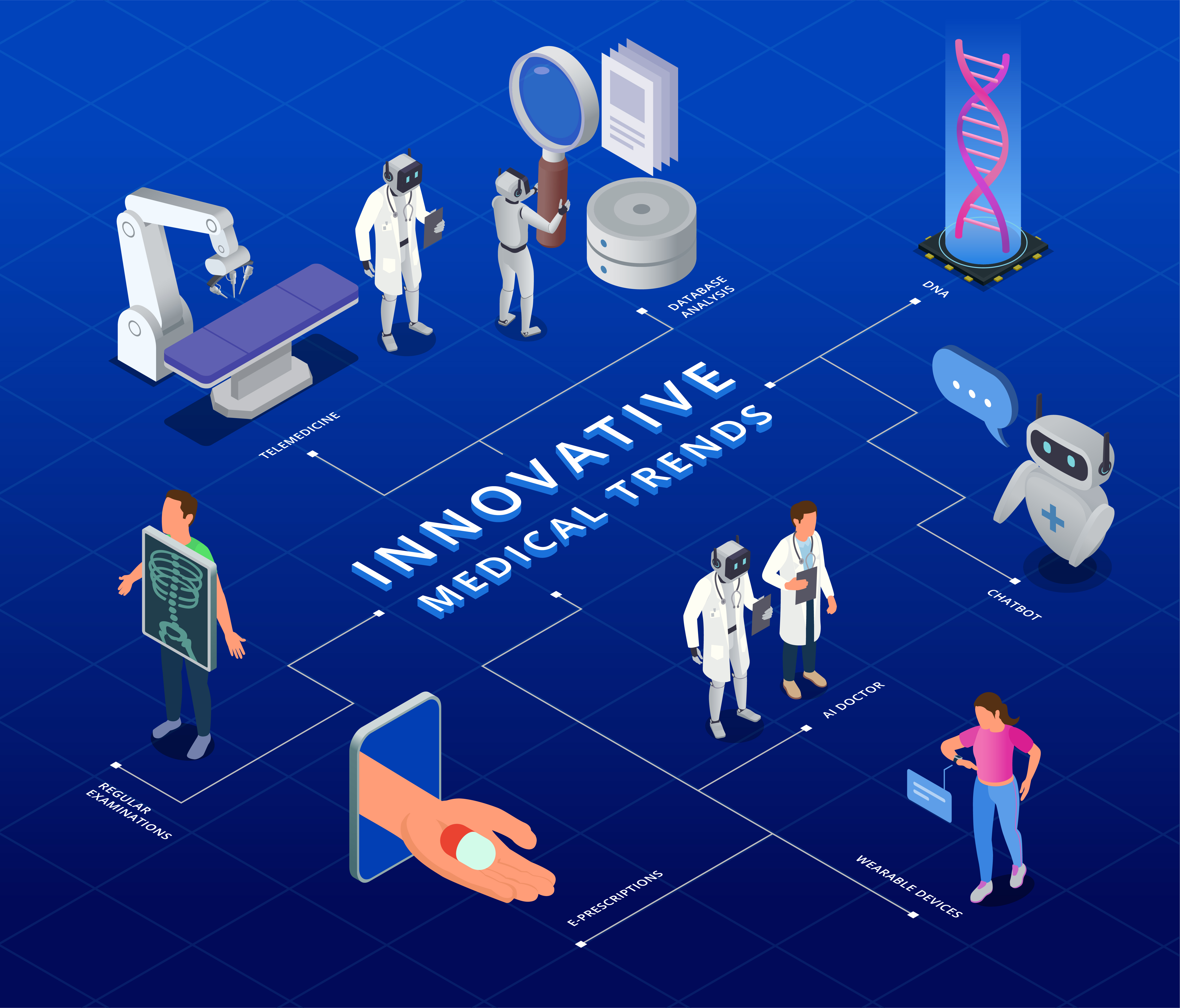
As we step into 2024, the realm of hygiene standards is witnessing a transformative wave, with key trends shaping the way we perceive and practice cleanliness and safety. Here are the trends that are at the forefront of this evolution:
**1. Increased Focus on Air Quality:**
Businesses are increasingly prioritizing improved indoor air quality by upgrading ventilation systems and implementing advanced filtration technologies. This focus on air quality is crucial for reducing the risk of airborne transmission in various settings.
**2. Touchless Technology:**
The demand for touchless solutions continues to rise, driven by the need to minimize contact with surfaces. Touchless faucets, soap dispensers, and door handles are becoming standard features in public spaces and workplaces, enhancing convenience and reducing the spread of germs.
**3. Enhanced Cleaning Protocols:**
Businesses are reevaluating and upgrading their cleaning protocols to meet higher standards. The use of antimicrobial coatings, UV-C light, and electrostatic sprayers is becoming more prevalent to ensure thorough and effective cleaning.
**4. Sustainability in Hygiene:**
There is a growing emphasis on adopting eco-friendly hygiene practices to reduce environmental impact. This includes using biodegradable cleaning products, reducing waste, and implementing water-saving measures.
**5. Personal Hygiene Monitoring:**
Wearable devices and sensors are being developed to monitor personal hygiene habits, such as handwashing frequency and duration. This technology provides real-time feedback and encourages better hygiene practices.
**6. Data-Driven Hygiene Management:**
The use of data analytics is transforming hygiene management. Businesses are using data to track hygiene trends, identify areas for improvement, and optimize cleaning schedules for maximum effectiveness.
**7. Remote Monitoring and Automation:**
Remote monitoring and automation technologies are being deployed to manage hygiene protocols more efficiently. This includes remotely controlling cleaning robots and sensors to monitor cleanliness levels in real-time.
**8. Focus on Mental Health and Well-being:**
Businesses are recognizing the importance of creating clean and hygienic environments that promote mental health and reduce stress. This holistic approach to hygiene is essential for overall well-being.
In conclusion, the hygiene industry is undergoing rapid transformation, driven by technological advancements, changing consumer expectations, and a heightened awareness of cleanliness and safety. These trends are shaping the future of hygiene standards and will continue to evolve in the coming years.